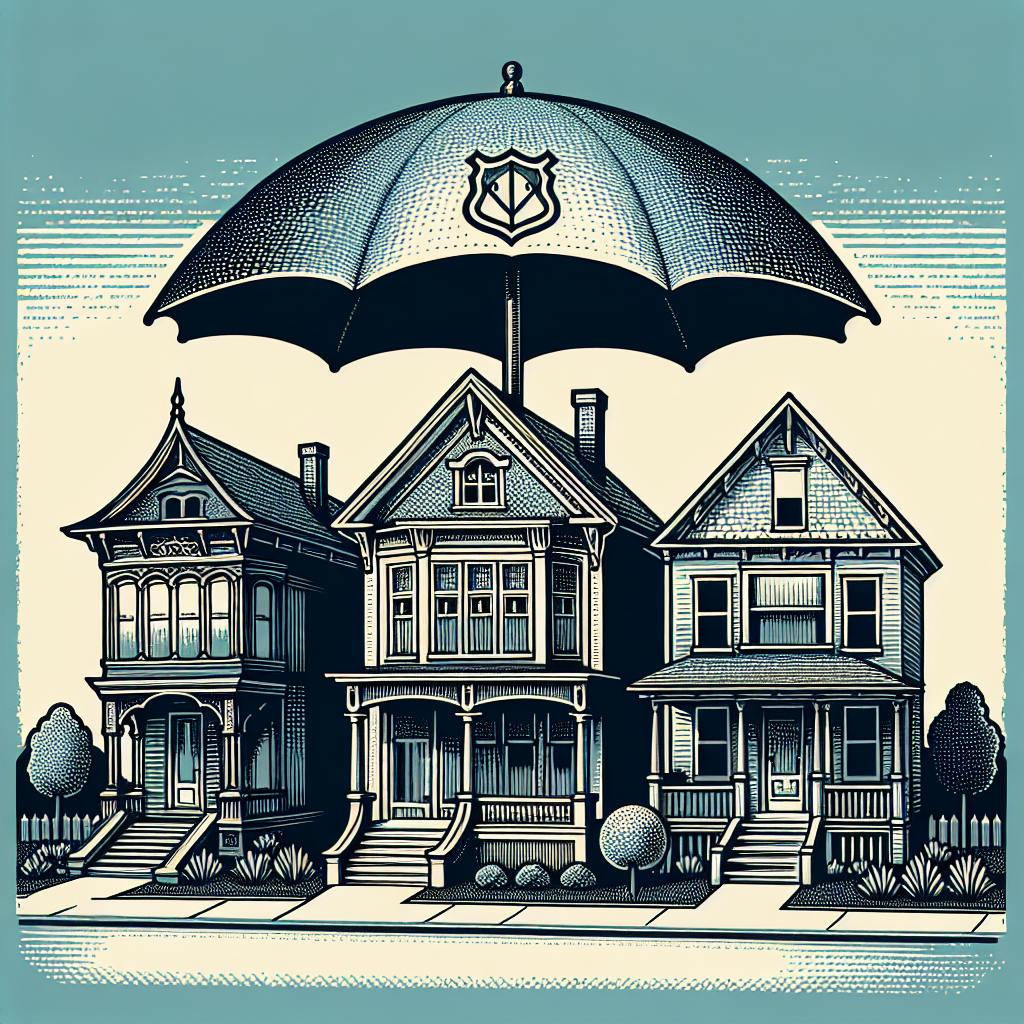Filed under Home Insurance on
Understanding Group Home Insurance Coverage Basics

In the realm of insurance, understanding varied policies and coverage details can be overwhelming. Group home insurance, often overlooked, provides crucial protection in certain communal living environments. This article delves into the intricacies of group home insurance coverage basics, providing insights and clarity for homeowners, property managers, and stakeholders responsible for these unique living arrangements.
What is Group Home Insurance?
Group home insurance is specifically designed for facilities that provide communal living arrangements. These include senior care homes, disability residential services, halfway houses, or other communal establishments. Typically, these policies cover the property itself, the business operations therein, and provide liability protection.
Why is Group Home Insurance Necessary?
The necessity of group home insurance stems from the complexities involved in managing communal spaces where multiple individuals, often needing care or supervision, reside. Property managers face unique risks – from potential property damage to liability for injuries. Standard homeowner’s insurance policies typically don't encompass such risks, making group home insurance vital for comprehensive protection.
Components of Group Home Insurance
Understanding group home insurance coverage basics involves dissecting its various components. It’s essential to recognize what comprehensive coverage should include:
1. Property Protection
Property protection is a cornerstone of group home insurance. It covers the physical building(s) and often extends to landscaping, outdoor fixtures, and sometimes contents within the premises. This protection is pivotal in safeguarding against damages due to natural disasters, vandalism, or unforeseen accidents.
2. General Liability Insurance
Liability insurance is indispensable in group home settings, guarding against potential lawsuits that may arise from personal injury claims or damage to personal property. Given the constant activity and interactions within communal settings, liability claims are a realistic risk, making this coverage fundamental.
3. Professional Liability Coverage
Also known as errors and omissions insurance, professional liability coverage protects against claims of negligence, malpractice, or unsatisfactory performance. For group homes offering specialized care such as medical or therapeutic services, this coverage is particularly pertinent.
4. Business Interruption Insurance
One might not consider the business aspect of a group home, but business interruption insurance addresses potential revenue loss due to unforeseen events that halt operations. This ensures continuity of care and supports financial stability during repair and recovery periods.
Industry Trends and Adaptations
In recent years, the insurance industry has witnessed trends influencing group home insurance policies. The growing demand for personalized care, regulatory compliance changes, and technological advancements in managing such facilities have shaped how group home insurance coverage basics are structured and marketed.
Emergence of Personalized Policies
There's an increasing shift towards tailoring insurance policies to meet specific needs of different types of group homes. Customized policies cater to the specific risks associated with elderly care, substance recovery homes, or disability services, offering tailored protection.
Regulatory Compliance
Regulatory bodies have heightened compliance standards for group homes, influencing coverage requirements. Insurance policies must reflect these regulatory standards, ensuring comprehensive protection while adhering to legal requirements.
Technology Integration
Another transformative trend is integrating technology within group homes. With modern tech like IoT devices, these facilities can monitor patient health, manage operations efficiently, and enhance security. Consequently, insurance providers are considering these advancements within their coverage offerings.
Key Considerations When Choosing Group Home Insurance
Selecting the right group home insurance policy is not merely about understanding group home insurance coverage basics; it involves evaluating several critical factors to ensure optimal protection.
Assessing Risk Exposure
Begin with a thorough assessment of potential risks. Consider the type of services provided, the physical condition of the property, and demographic characteristics of residents. Different homes possess unique risk profiles which should be reflected in the insurance coverage.
Examining Coverage Limits and Exclusions
Understanding coverage limits and exclusions is imperative. Verify what potential risks are excluded and how coverage limits align with potential financial implications of claims. A frequent pitfall is underestimating necessary coverage limits, leading to insufficient protection during high-loss events.
Comparing Policy Quotes
Request multiple quotes from reputable insurance providers to compare pricing and coverage options. This process fosters informed decision-making, ensuring comprehensive and cost-effective protection.
Reviewing Insurer Reputation and Support
Examine the reputation and customer support services of potential insurers. Reliable companies with robust customer support and claim services provide peace of mind and efficient resolution when claims arise.
Expert Opinions on Group Home Insurance
Experts in the field stress the importance of understanding group home insurance coverage basics as pivotal in ensuring peace of mind and operational success. Insurance advisor Emily Clarke states, “In the operational dynamics of group homes, an adequately tailored insurance policy not only protects the physical assets but also assures liability protection, thereby guarding against the financial repercussions of legal claims.”
Furthermore, industry veteran, Mark Johnson, adds, “Insurance needs might differ significantly between facilities. A bespoke approach, factoring in facility-specific risks and operational styles, is crucial for optimal protection.”
Conclusion
Grasping the fundamentals of group home insurance equips stakeholders with the knowledge to make informed decisions, ensuring they secure a policy that comprehensively covers a wide spectrum of potential risks. By balancing coverage components with the unique operational challenges of group homes, these communal living entities can achieve the necessary protection, bringing peace of mind to operators, residents, and their families. As trends continue to evolve, staying informed and proactive in policy evaluations remains imperative for enduring security and operational efficiency.





